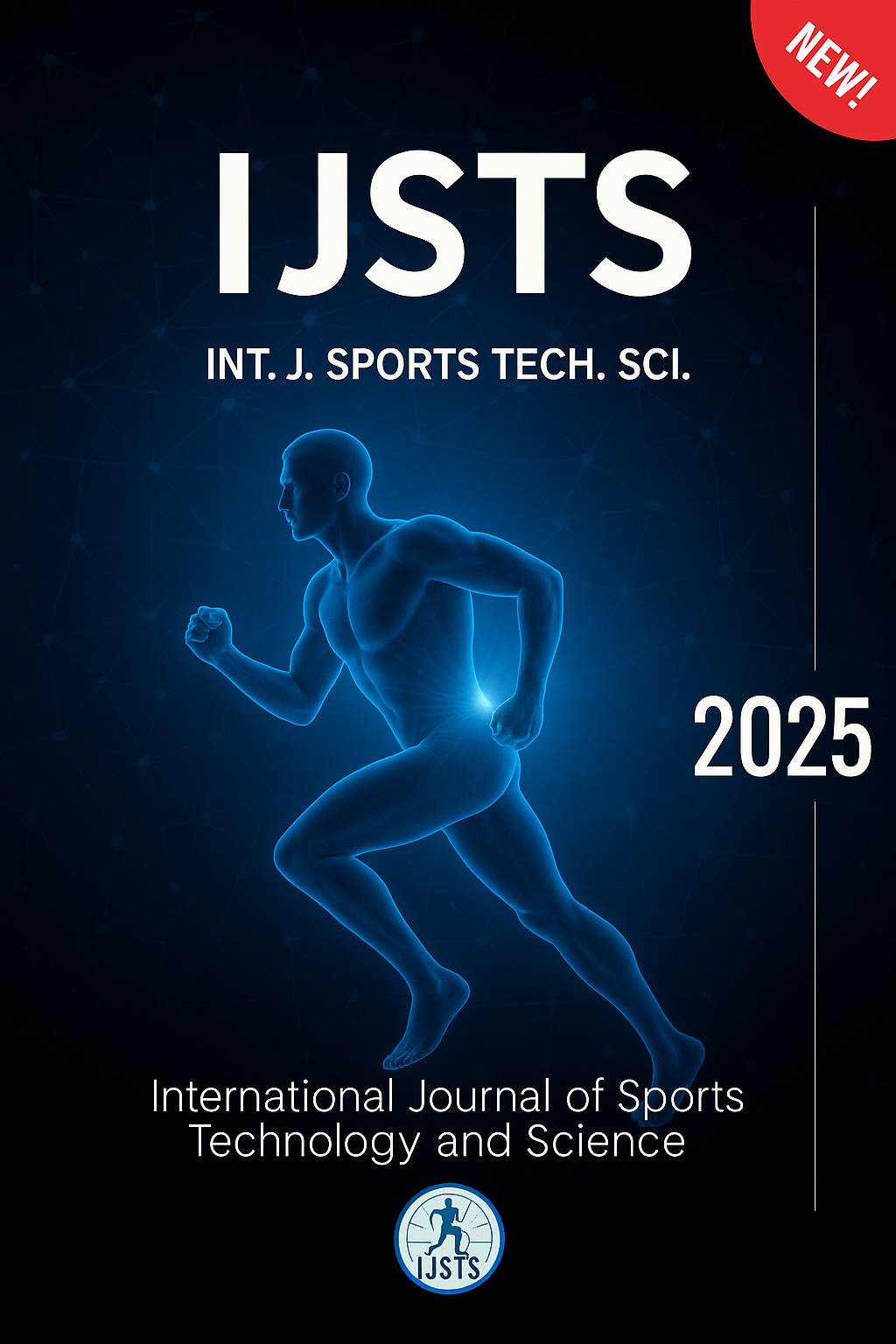The development and importance of gamification in nurse managers
Keywords:
Gamification, Nurse, Nurse Managers, Healthcare, TechnologyAbstract
Gamification is the process of applying game design elements and principles in non-traditional game contexts to increase motivation, encourage participation, and solve problems. Gamification projects aim to increase motivation and participation for a specific target audience. This concept is considered an effective tool in education, healthcare, workplace, marketing, and many other areas. Gamification uses game mechanics (such as scoring, levels, competitions) and dynamics (such as interest, competition, collaboration) together to attract and maintain users' attention and help them achieve specific goals. The main purpose of gamification is to increase motivation, improve education and training, encourage participation and interaction, develop problem-solving skills, encourage social interaction and collaboration, and provide behavioral change in non-traditional and non-game contexts. Gamification is applied in many areas, from education to patient care, from creating health awareness to employee motivation. Issues such as education and professional development of nurse managers, patient education, patient participation and increasing the quality of healthcare services can be supported by gamification techniques and provide significant benefits. In addition to supporting learning and development in the field of nursing, gamification offers significant benefits such as increasing the quality and safety of patient care and establishing better communication and collaboration between patients and healthcare professionals. This approach offers innovative and effective solutions for the future of the nursing profession, especially by increasing the participation of young generations in education and healthcare services.
Downloads
Published
How to Cite
Issue
Section
License
Copyright (c) 2025 International Journal of Sports Technology and Science

This work is licensed under a Creative Commons Attribution 4.0 International License.









